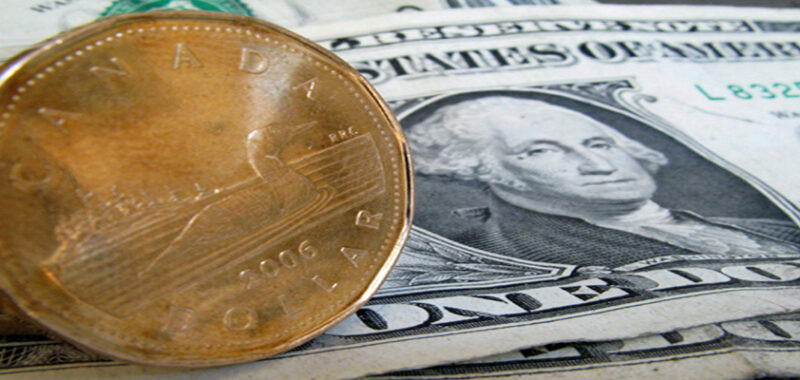September was mostly a “risk-on” month thanks to Powell’s dovish comments at the end of August. His remarks propelled the US 10-year Treasury yield to 3.60% from just above 4.0% in August. The FOMC disappointed about half of the market when they only cut interest rates by 25 bps. Even so, the US dollar index (USDX) climbed steadily. Traders continued to anticipate 50 bp Fed rate cuts until the last day of September when Mr. Powell said about the FOMC: “This is not a committee that feels like it is in a hurry to cut rates quickly.”
Risk sentiment bounced between positive and negative throughout September. Positive risk sentiment from China’s massive fiscal and monetary stimulus announcements was offset by Israel’s aggressive and innovative actions against Hezbollah and Hamas.
October is going to be messy. The world is awaiting Israel’s “forceful” response to Iran’s failed missile attack, where even Tel Aviv was targeted. An oil price shock that could boost prices to $100/barrel is a real risk. Closer to home, it is the home stretch for the 2024 US election, which is too close to call. One candidate is unproven, and the other is a proven prevaricator.
The USD and Federal Reserve
The US dollar index (DXY) was scrappy in a 99.90-101.80 range in September. Powell’s stated lack of enthusiasm for 50 bp rate cuts and the rapid escalation of geopolitical tensions have seen the top of that band being tested in the early days of October. The real prospect of an “oil price shock” if Iran’s 2.5 million barrels per day production is disrupted or destroyed could drive the DXY to 104.00. The next Fed meeting is not until November 7, but there will be no shortage of policymakers offering opinions about the direction of rates and the risks to their view. US election polls could also impact the US dollar closer to the date as traders weigh what a win by either candidate would mean for the economy.
The Canadian Dollar and Bank of Canada
The Canadian dollar drifted lower through most of September before rallying on the back of rising commodity prices, which got a boost from China’s stimulus activities and dovish comments by Bank of Canada (BoC) Governor Tiff Macklem. Mr. Macklem hinted that, due to falling inflation and weak incoming economic data, the risk of a larger-than-expected (50 bp) rate cut was real. If the BoC reduces rates at a faster clip than the Fed, Canadian dollar gains may be limited.
Oil Prices
WTI Oil prices traded with a bit of a bid throughout September, rising from 65.00 to 72.30 before dropping to 66.80 by month-end. Traders were largely unconcerned about supply disruptions despite Israel’s war with Hezbollah and Hamas terrorist organizations. But when Iran launched an unprovoked missile barrage on Israel, the fear that Israel may annihilate Iran’s oil production capabilities in reprisal saw prices rise to 73.89 in New York on October 3. Some analysts think they could reach 100/b based on supply disruptions and increased oil demand from China.
Bank 2024-USD/CAD Q4 2025-USD/CAD Q1
Scotiabank* 1.3800 1.3600
BMO 1.3610 1.3490
CIBC 1.3500 1.3400
TD Bank* 1.3700 1.3500
National Bank 1.4100 1.3900
*Forecast is based on last month. Forecast Table is for mid-market rates, and subject to change anytime.

